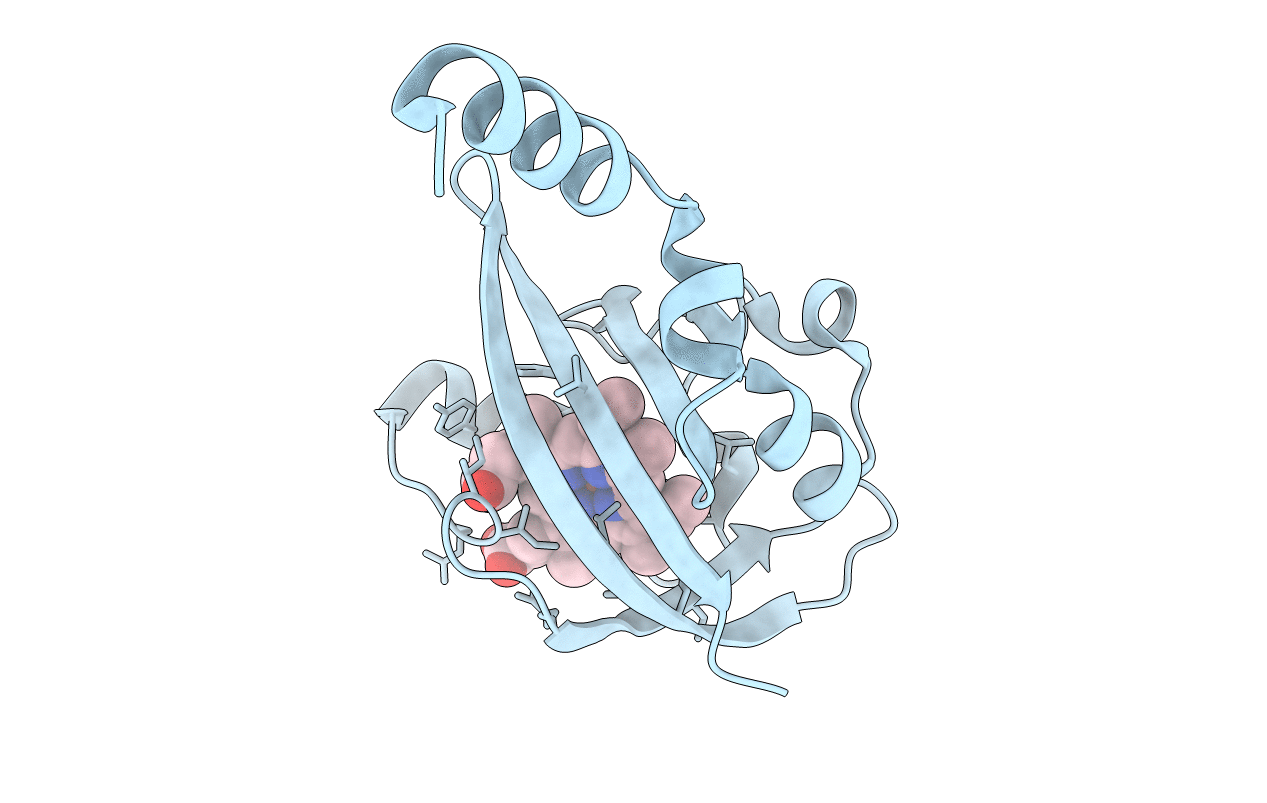
Deposition Date
2000-04-21
Release Date
2000-05-10
Last Version Date
2024-02-07
Entry Detail
PDB ID:
1EW0
Keywords:
Title:
CRYSTAL STRUCTURE ANALYSIS OF THE SENSOR DOMAIN OF RMFIXL(FERROUS FORM)
Biological Source:
Source Organism:
Sinorhizobium meliloti (Taxon ID: 382)
Host Organism:
Method Details:
Experimental Method:
Resolution:
1.40 Å
R-Value Free:
0.26
R-Value Work:
0.20
R-Value Observed:
0.20
Space Group:
C 1 2 1


